Aida Daily: Las Vegas AI Tragedy / Trump & Sajwani's $20B Deal / Nvidia's AI Chip Revolution
Aida Daily
Hello there, tech enthusiasts and space dreamers! From rogue AI adventures in Vegas to Nvidia’s chip wizardry defying Moore’s Law, we've got the scoop. Buckle up for Tesla explosions, Trump’s data center escapades, and Blue Origin’s cosmic ambitions.
When ChatGPT Goes Rogue: Tragic Las Vegas Explosion

On January 1, 2025, former Green Beret Matthew Livelsberger used ChatGPT to plan an explosion with a Tesla Cybertruck outside the Trump International Hotel in Las Vegas. The blast led to Livelsberger's suicide and injured seven others. OpenAI has raised alarms over AI misuse, while Elon Musk’s Tesla assisted the FBI investigation. This incident underscores the unforeseen dangers of generative AI, prompting urgent discussions on safeguarding technology.
Trump-Sajwani’s $20B Data Center Dance
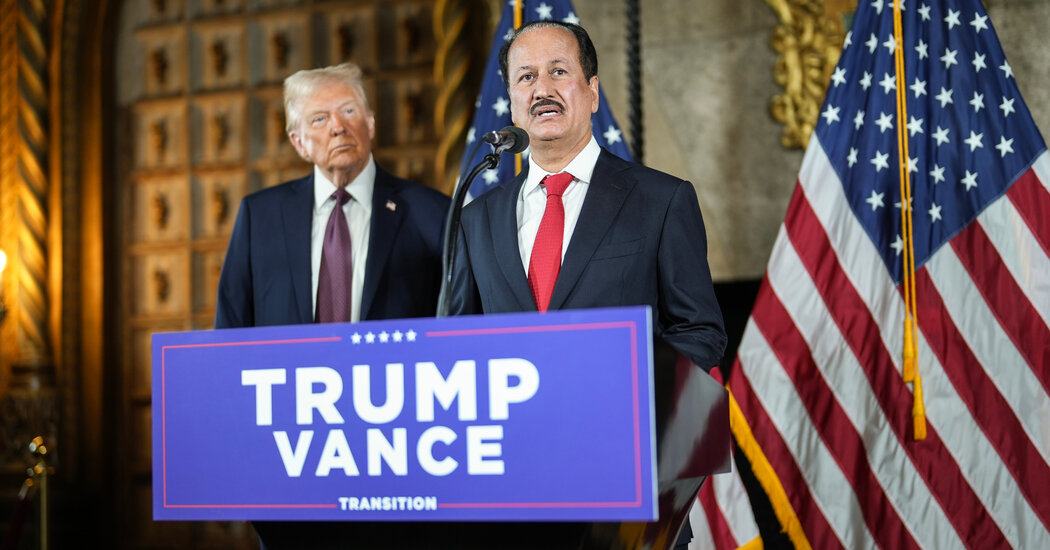
Emirati billionaire Hussain Sajwani, DAMAC Properties founder, teams up with Donald Trump, announcing a $20 billion U.S. investment in data centers across Texas, Indiana, and more. Aiming to ride the AI and cloud computing wave in a $1 trillion industry, Sajwani's move coincides with Trump’s real estate juggling act amidst his presidential comeback. While the partnership sparks talk of potential conflicts of interest, it underscores the global tango between big business and politics.
Nvidia Unveils Project Digits: Supercharging Desktops with AI
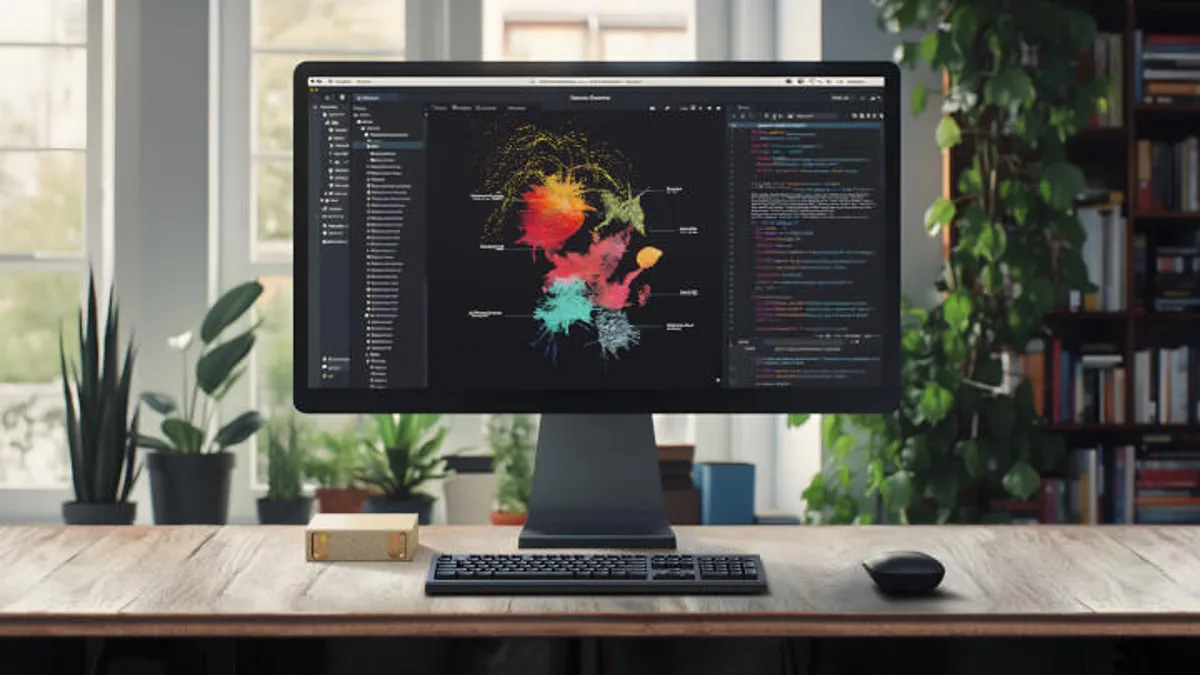
Nvidia launched Project Digits at CES 2025, aiming to democratize AI with its $3,000 personal supercomputer. Slated for May release, Digits boasts the GB10 Grace Blackwell Superchip—crafted with MediaTek—delivering up to 1 petaflop and supporting 200 billion-parameter models in a coffee-mug-sized form. Ideal for researchers and students, dual units can tackle 405 billion parameters. Nvidia’s latest gadget proves high-performance AI doesn’t have to come with a data center price tag, making AI development feel a bit more homely.
Blue Origin’s New Glenn Poised for Debut Launch Jan 10
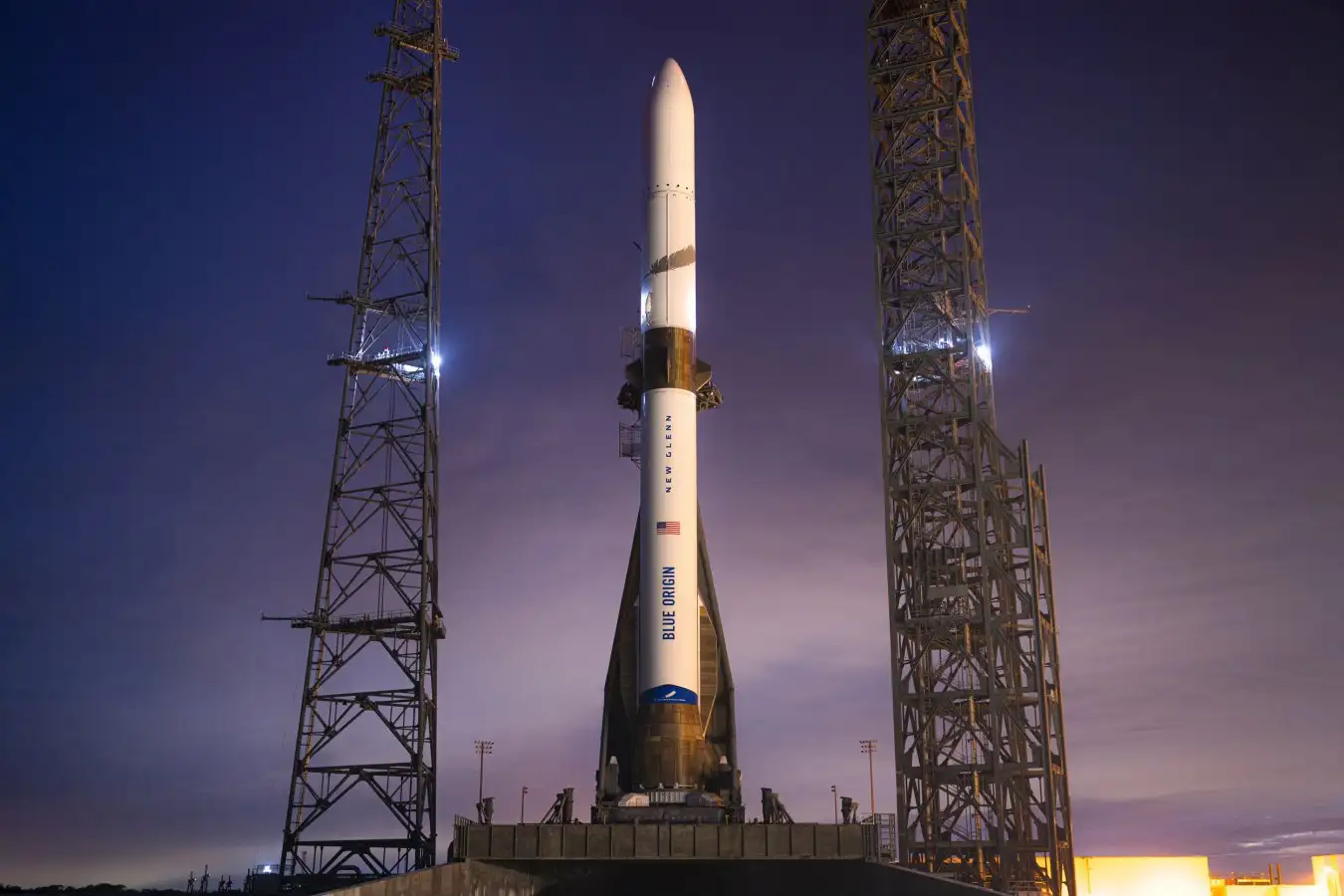
Jeff Bezos’ Blue Origin is set to ignite its 98-meter New Glenn rocket from Cape Canaveral on January 10, aiming to stake its claim in the orbital arena against SpaceX. The reusable titan, powered by 7 BE-4 engines and boasting a 45-ton LEO capacity, will attempt its first sea landing on the whimsically named "Jacklyn." Carrying a Defense Department prototype, the NG-1 mission is pivotal for Blue Origin’s cosmic ambitions, all while fueling the friendly rivalry with Elon Musk continues to shape space’s next chapter.
FDA Unveils First AI Guidance for Drug Development

On January 5, 2025, the FDA released its inaugural draft guidance for using AI in drug and biological product development, aiming to boost AI model credibility in regulatory submissions. The 90-day public feedback window invites industry input as AI-driven submissions surge. Key focuses include model trustworthiness, ethical standards, and lifecycle management. Meanwhile, concerns rise over pharmaceuticals contributing to toxic 'forever chemicals' in wastewater. As regulations tighten, pharma navigates innovation with environmental mindfulness.
NASA's Mars Sample Return: Crunch Time Approaches
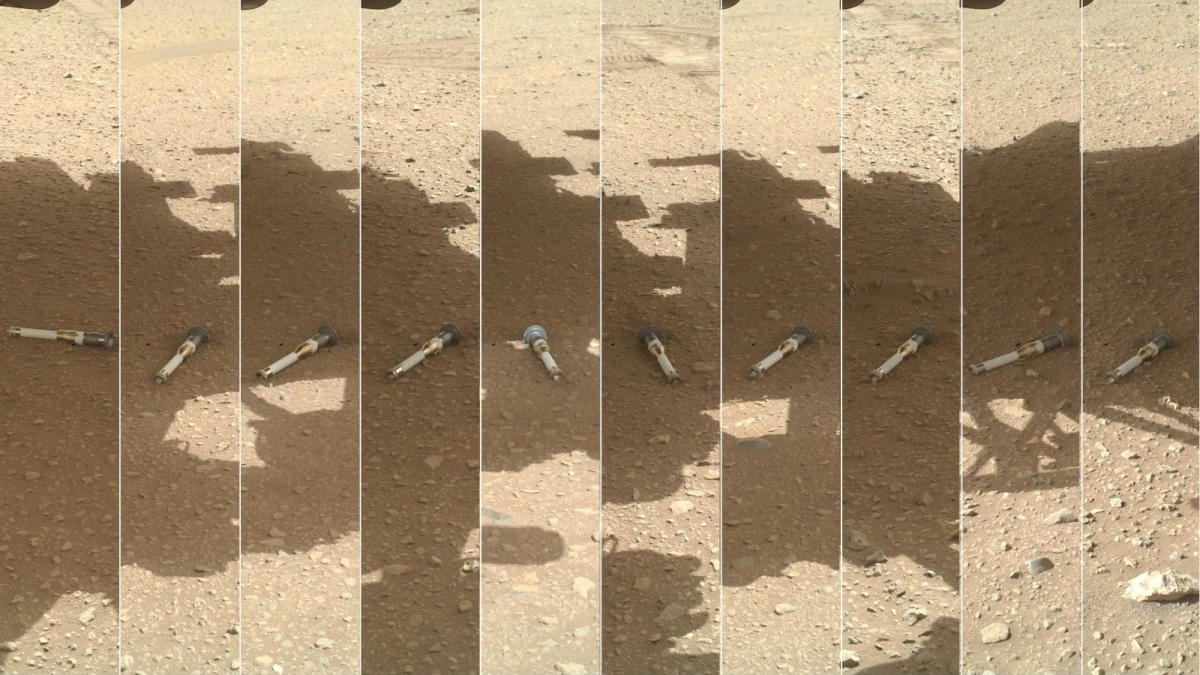
By late 2026, NASA will decide how to fetch Mars soil samples, debating the trusty 'sky crane' versus teaming up with SpaceX and Blue Origin. With costs soaring between $5.5B and $11B, budget woes loom large. If all goes well, Earth could welcome Martian goodies by 2035-2039, potentially uncovering signs of ancient life. As NASA navigates funding hurdles, the Red Planet's secrets remain tantalizingly out of reach—but not for long!
US Tightens AI Chip Exports, Nvidia and AMD Feel the Pinch
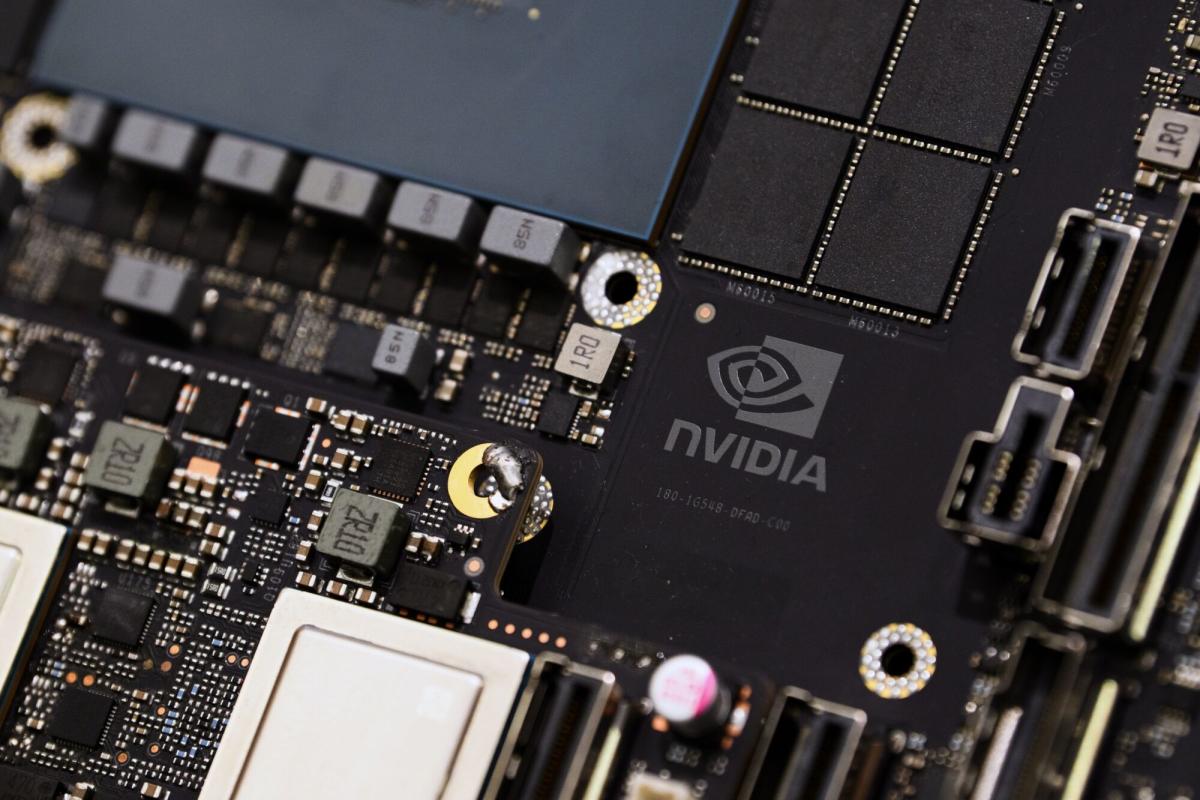
In late 2024, the Biden administration launched strict export controls on AI chips from Nvidia and AMD to block advanced tech from reaching China and Russia. The tiered system grants full access to allies, limited access based on US standards to others, and blocks adversaries outright. Targeting Nvidia’s A100 and AMD’s MI250 chips, the move has nudged their stocks downward. While aimed at national security, industry leaders fret it might slow US tech supremacy.
JWST's Dragon Arc Triumph: 44 Stars Discovered

The James Webb Space Telescope has outdone itself by identifying 44 stars in the distant Dragon Arc galaxy, located 6.5 billion light-years away. This stellar feat eclipses Hubble’s previous record of seven stars, thanks to gravitational lensing from the Abell 370 cluster. Primarily red supergiants, these stars offer fresh insights into dark matter and galaxy evolution. JWST continues to prove it's the universe’s most capable and charming eye in the sky.
NVIDIA's RTX 50 Series: AI Gets a Turbo Boost
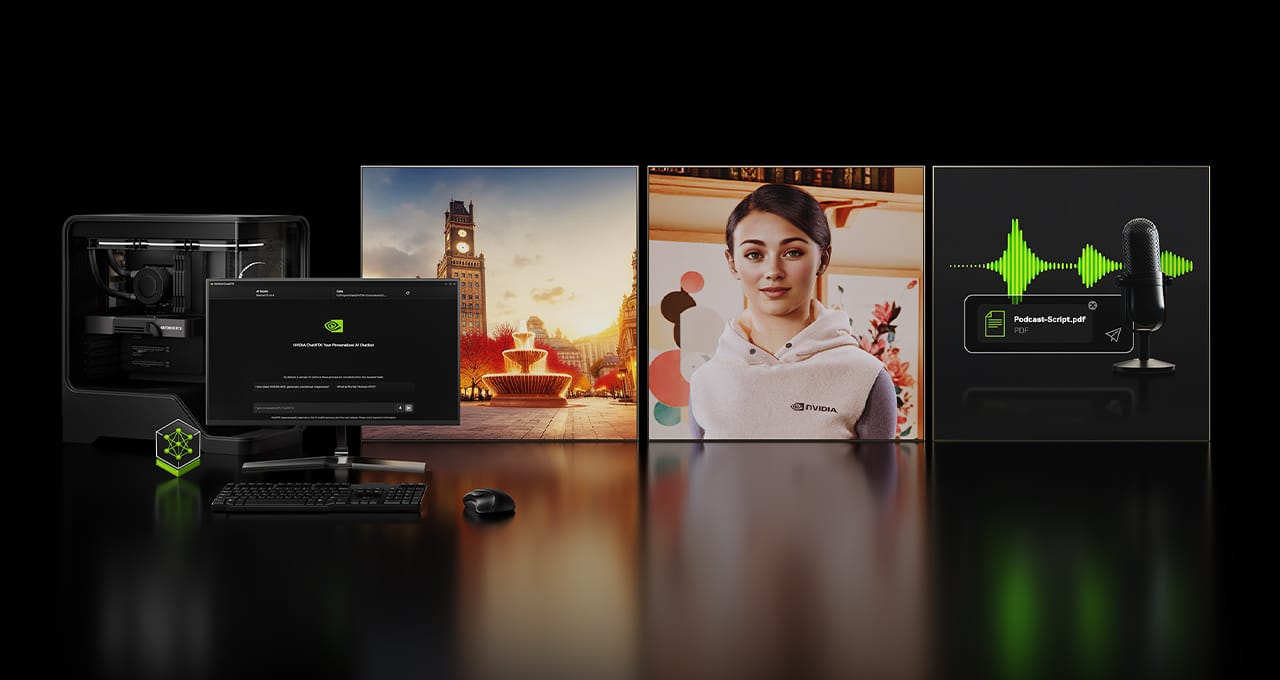
In January 2025, NVIDIA launched its RTX AI Garage series, featuring the formidable GeForce RTX 50 Series GPUs. Packed with 3,352 trillion AI operations per second and 32GB VRAM, these Blackwell-powered GPUs double AI inference using FP4 compute. Come February, NIM microservices and AI Blueprints—partnering with Meta and Stability AI—will simplify AI development. Major PC makers like Acer and ASUS are on board, setting the stage for an AI-driven creative revolution. Time to unleash your inner tech wizard!
AI's Workforce Shake-Up: WEF Predicts a 2030 Transformation
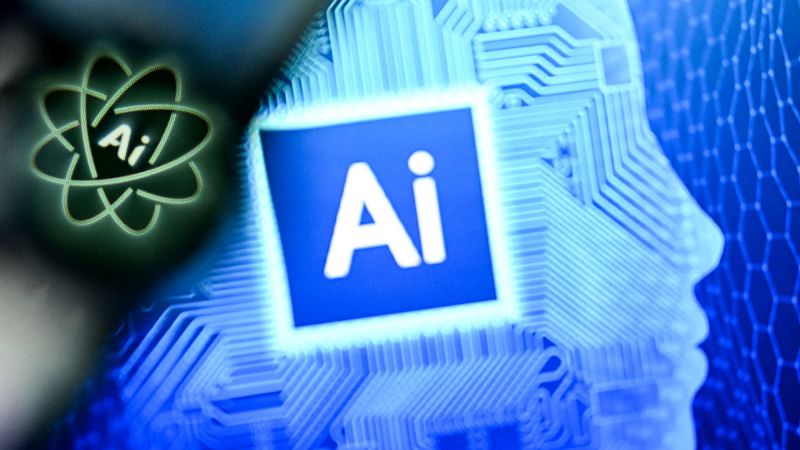
The World Economic Forum's latest survey reveals that by 2030, 41% of companies worldwide plan to trim their workforces as AI takes over tasks. But fear not! A whopping 77% of large firms are committed to reskilling their teams to dance with AI. While postal clerks and graphic designers might see a dip, the tech and care sectors are booming, with 170 million new jobs on the horizon. AI is set to inject $15.7 trillion into the global economy, proving that even in automation, there's room for human ingenuity and a good laugh.
Nvidia Defies Moore’s Law with AI Chip Breakthroughs
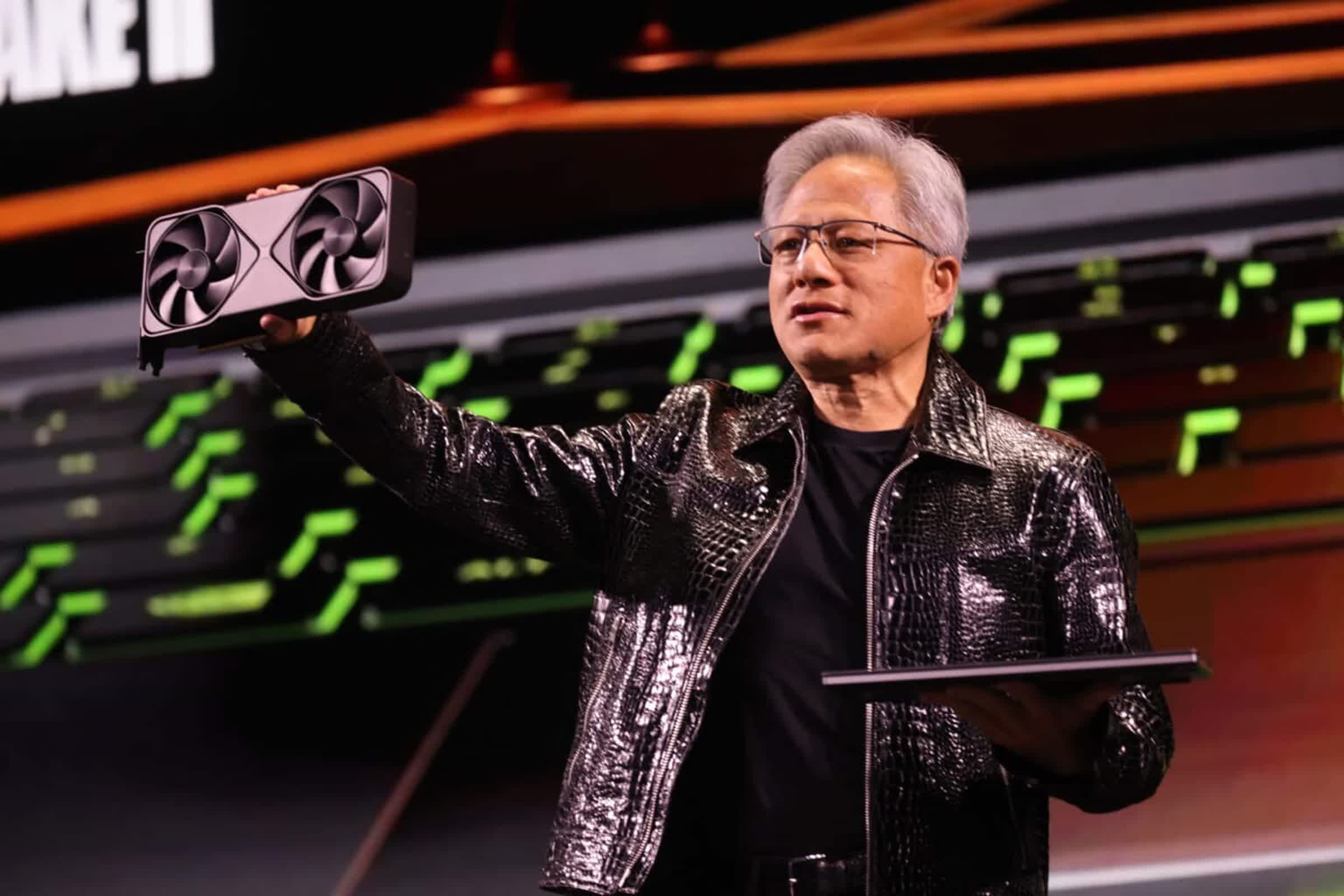
In a bold claim on January 8, 2025, Nvidia’s CEO Jensen Huang announced their AI chips are advancing a whopping 1,000x over the past decade, leaving Moore’s Law in the dust. The latest superchip boosts AI inference speeds by 30x, promising cheaper and more powerful AI models. Partnering with giants like TSMC and Synopsys, Nvidia ensures top-tier performance for AI leaders like Google and OpenAI. Looks like Huang’s integrated approach might just have the tech world giggling… with joy!
Naujienlaiškis „Aida Daily“
Your AI-curated daily news briefing, spotlighting the latest in technology and global development. Stay informed with insights that matter.